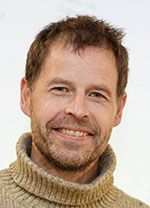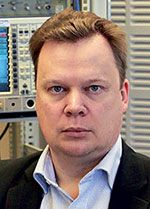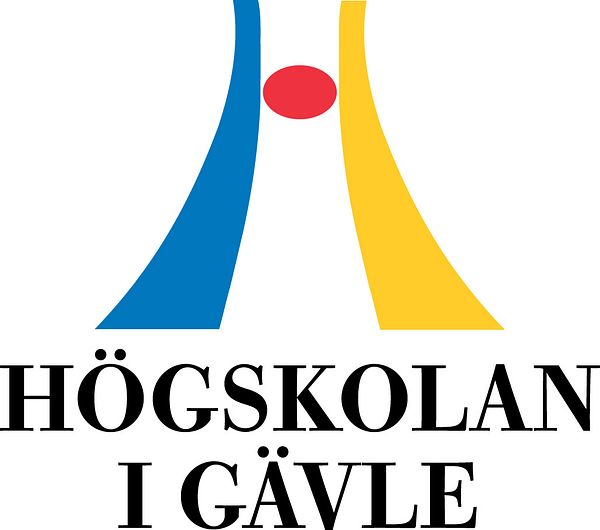Press release -
Research breakthrough: major environmental benefits with radar measurement of moisture content in wood chips
In collaboration with University of Gävle, Radarbolaget has developed a method to measure the moisture content of wood chips quickly and accurately.
“This is a breakthrough in radar research which will generate major energy savings and reduced greenhouse gas emissions,” says Daniel Rönnow, professor in electronics at University of Gävle.
Apart from the paper mill industry, there are 580 district heating plants and 125 large biofuel powered plants in Sweden that use wood chips. As large quantities are being used, the opportunity to measure the moisture content in wood chips quickly and accurately can generate major energy savings and reduce environmental impact.
Measure truckloads in a split second
This research project, which is funded by Swedish Energy Agency, has developed a new method for moisture content measurement. What used to take 24 hours for only a small sample can now be done for large volumes in a second. Now, whole truckloads on a conveyor belt can be measured on a regular basis. Moreover, antennas can be put in a large bucket loading wood chips.

“Accurate measurement of the moisture content in wood chips results in a higher combustion efficiency and cleaner fuel gases. Most of our measurement applications are developed to save energy and reduce greenhouse gas emissions,” says Patrik Ottosson, CEO, Radarbolaget.
“The university and our company create mutual benefits. Daniel Rönnow’s scientific articles become very useful to us in a direct manner, which is very important. The system we have created is quite unique in the world.”

The collaboration with a cutting-edge company like Radarbolaget is very exciting for us as it connects technology with industrial application. Having been part of the whole process, from the laboratory to tests in the actual industrial environment, gives us researchers insights that we wouldn’t have gained otherwise,” says Daniel Rönnow, professor in electronics at University of Gävle.
“We have many collaborations with the industry, for example concerning machine learning for maintenance, but none of these have been ongoing for such a long time.”
Research presentation Daniel Rönnow
--------
The collaboration between University of Gävle and Radarbolaget is long-term, and Patrik Ottosson, CEO of Radarbolaget, is an adjunct visiting research fellow at the University. Vipin Choudhary, a PhD student at the University, has conducted research in the joint projects.
Radarbolaget, a cutting-edge company in the field, operates in the steel, lime, and wood industries, collaborating with companies such as SSAB, Sandvik, Ovako, Jernkontoret, Skogforsk, Sveaskog, Billerud-Korsnäs, Stora Enso, Gävle Energi, Stockholm Exergi, Cementa Heidelberg and Nordkalk.
Radarbolaget has about 100 installations in steel mills around the world and is launching several products related to moisture content measurement this year
---------
Text: Douglas Öhrbom
Photo Lastmaskin: Radarbolaget
Photo Patrik Ottosson: Lars Åbom
Daniel Rönnow, professor in electronics at University of Gävle
Phone: 026-64 85 93, 073-461 82 83
E-mail: daniel.ronnow@hig.se
Patrik Ottosson, CEO of Radarbolaget, visiting research fellow at University of Gävle
Phone: 073-988 55 41
E-mail: patrik.ottoson@radarbolaget.com
Topics
- Environment, Energy
Categories
- research
- reduced greenhouse gas emission
- energy saving
- sustainable development
- climate change
- university of gävle
- heating plants
Education and Research at a Scenic Campus.
The University of Gävle has approximately 17 000 students, more than 50 study programmes and second-cycle programmes, about 1 000 courses in humanities, social and natural sciences and technology.
Research Profiles
Built Environment and Health-promoting Working Life are the general research profiles of the higher education institution. Important parts included are Spatial Planning with a specialisation in Sustainable Built Environment and Musculoskeletal Disorders with the purpose to prevent work-related injuries. In 2010, the higher education institution received permission to carry out third-cycle programmes in the profile area of Built Environment.
The higher education institution has applied for permission to carry out third-cycle programmes in technology, humanities and social sciences.
